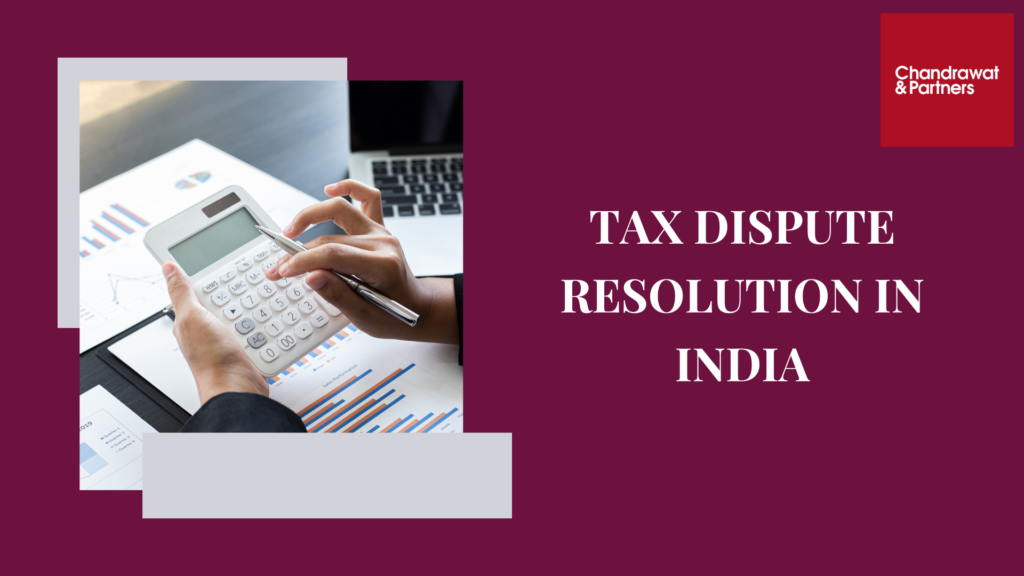Tax Dispute Resolution in India
India’s Union Budget 2023, tabled by Finance Minister Nirmala Sitharaman in Parliament on February 1, 2023, envisages important steps in the field of dispute resolution. This blog post will discuss the latest developments in tax dispute resolution in India as of June 2023.
The Union Budget 2023 includes measures to reduce the burden of pending proceedings in court, make access to justice easier and inexpensive, increase the faith of investors in arbitration as a dispute resolution mechanism, and change the reputation of the government as the biggest litigant in India. The government also plans to provide for a voluntary settlement scheme to avoid costs of litigating cases and reduce the burden on courts.
To address this issue, the government has introduced various alternative dispute resolution (“ADR”) mechanisms, such as the Authority for Advance Rulings (“AAR”), the Dispute Resolution Panel (“DRP”), the Mutual Agreement Procedure (“MAP”), the Advance Pricing Agreement (“APA”) and the Vivad Se Vishwas Scheme (“VSVS”). These mechanisms aim to provide faster, cheaper, and more amicable resolution of tax disputes, while reducing litigation and enhancing compliance.
Departments in brief
The AAR is a quasi-judicial body that gives binding rulings on questions of law or fact relating to the tax liability of a non-resident or a specified resident taxpayer. The AAR is supposed to pronounce its ruling within six months from the date of application. However, due to vacancies and delays, the AAR has not been able to meet this timeline and has a huge backlog of pending cases.
The DRP is a collegium of three commissioners from the Income Tax Department, who have the power to review and modify the draft assessment order passed by the Assessing Officer (AO) in cases involving transfer pricing or foreign company issues. The DRP is required to issue its directions within nine months from the end of the financial year in which the draft order is passed. The DRP’s directions are binding on the AO, but not on the taxpayer, who can appeal against them before the Income Tax Appellate Tribunal (ITAT).
The MAP is a bilateral mechanism under the tax treaties that India has signed with various countries, which allows the competent authorities of both countries to resolve disputes arising from the interpretation or application of the treaty provisions. The MAP can be invoked by a taxpayer who is aggrieved by an action of either country that results in double taxation or taxation not in accordance with the treaty. The MAP process can take several years to complete and depends on the cooperation and negotiation between the competent authorities.
The APA is an agreement between a taxpayer and the tax authority on an appropriate transfer pricing methodology for a set of international transactions for a specified period. The APA can be unilateral (between the taxpayer and the Indian tax authority), bilateral (involving the competent authorities of both countries) or multilateral (involving more than two countries). The APA provides certainty and reduces litigation for both parties. The APA can also have a rollback provision, which allows the agreed methodology to be applied retrospectively for up to four years prior to the first year of the APA period.
The VSVS is a scheme enacted in 2020 to reduce tax disputes and provide relief to taxpayers by allowing them to settle their pending tax arrears by paying only a portion of the disputed amount without any interest or penalty. The scheme covers appeals pending before various forums as well as disputed tax demands raised by the tax authority but not yet appealed by the taxpayer. The scheme also provides immunity from prosecution and penalty proceedings for taxpayers who opt for it. The scheme was initially open till March 31, 2020, but was later extended till March 31, 2021, due to the COVID-19 pandemic. The Union Budget 2023 also announced a new commercial dispute resolution scheme under Vivad Se Vishwas-2 to settle commercial disputes.
These ADR mechanisms have their own advantages and limitations and may not be suitable for every case or taxpayer. Therefore, taxpayers need to carefully evaluate their options and choose the most appropriate one based on their facts and circumstances. Taxpayers also need to be aware of the procedural requirements and timelines for each mechanism and comply with them diligently. A well-informed and proactive approach can help taxpayers resolve their tax disputes in an efficient and effective manner.
Increasing Internationalisation of Tax Disputes
Many economists are predicting a global recession in 2023 with public and private finances under strain. Foreign investors are in the firing line, and there is an increasing “internationalisation” of tax disputes.
Conclusion
In conclusion, India’s Union Budget 2023 includes measures to improve dispute resolution, and there are ongoing efforts to manage tax disputes in India. The new direct and indirect tax dispute settlement scheme in West Bengal and the Vivad Se Vishwas-2 scheme are examples of the government’s efforts to reduce the burden of pending proceedings in court.
For more information or queries, please email us at
enquiries@chandrawatpartners.com




